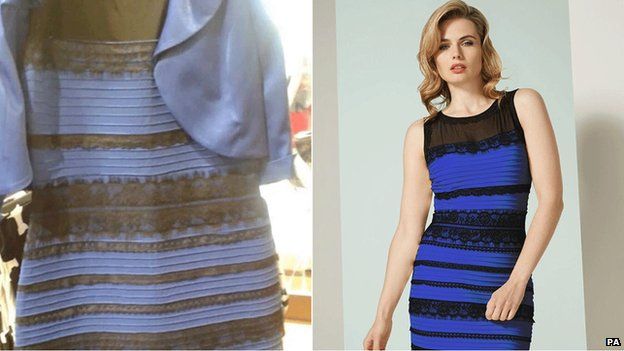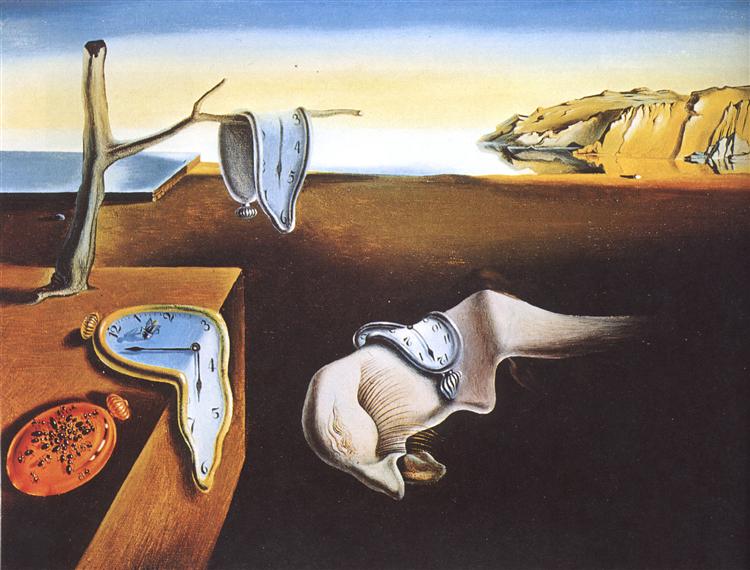Do you see what I see?
A simple enough question, but is the answer as straight forward?
Human sight is amazing. It is truly remarkable that we make the eye ourselves. Being able to look out at the world and make sense of colours, textures and depth is quite a marvel. Our brain helps the eyes by giving names and features that we know to what we see. Although we can be equipped with two eyes and a brain, so, do you see what I see? Is all vision standard across all people and ages?
Is what we see the truth?
The brain is very powerful, making sense of what the eye ’sees’. This gives us the information we need to know if something is big or small, rough or smooth, flat or curved. Being able to know this can be very important to us! We ‘know’ that the soap bar is smooth, hard and slippery but a jelly is not so hard. Each item needs to be handled differently. We know this because of the brain making sense of the eye seeing the soap bar or jelly.
Reality or illusion
So, brain is brilliant and powerful. Well not so fast – can the brain get the wrong answer? Enter the optical illusion. As an example, here are two coloured discs, each surrounded by colour – which one is the darker disc?
Of course, having been told this is an optical illusion there is every likelihood that you are “on the lookout” for an anomaly, so this illustration might not appear as an illusion to you now! However, without being told that this is an optical illusion, most people will say that the right hand disc is darker. In fact, both discs are the same colour and brightness!
We can all be fooled or tricked into seeing something that isn’t there. When we are tricked by an optical illusion, do we all seem to be tricked in a consistent manner? Is the deviation from the normal or truth is the same for everyone. Could this lead to a conclusion where vision, of either the truth or the illusion is the same for everyone?

So, what about the blue/gold dress that caused so much argument a few years ago? Do you remember that conundrum sweeping the internet?
One example of the coverage can be found here. Some people saw the dress as blue whilst others saw it as a gold dress. How could this be so if illusions are the same for everyone?
Altered sight
There are, of course, medical conditions that alter the eye or vision. Such as:
- short or long sightedness;
- astigmatism;
- glaucoma;
- cataracts;
- colour blindness and
- tunnel vision.
We won’t go into the details of all these conditions (phew), suffice to say that they all affect vision to some extent or other.
Another condition which can be less well known is that as the eye ages, vision turns slightly yellow! Could this be why older people have a liking for beige? Lol! (– not a serious comment that one.) However, the vision does turn yellowish as one gets older. Does the brain compensate for this, trying to keep a sheet of white paper looking white? Let’s say it doesn’t, then that would mean a young person ’sees’ a white sheet of paper but an older person could ’see’ a yellowing sheet of paper. Knowing this, do we all see the same now? However, the brain is remarkably good at changing what we see into what we expect to see.
Is our sight consistent?
Back to our sheet of white paper. We know it is white. How? It says so on the packet! So our expectation is for it to be white. Ok, so let’s say we are in an office with fluorescent lighting. This type of lighting has an abundance of green in its’ light. Do we notice it? Not really, because our brain alters what we actually see into what we should see. The white sheet of paper has a green tinge under fluorescent lighting, we see the sheet of paper with a green tinge but our brain compensates for this and gives us the view of a white sheet of paper. Tricky stuff!
Take our piece of paper into a room lit by old fashioned light bulbs and hey presto it is a muted yellow colour! This is because those lights give off a yellow/red colour of light. We still see the white paper as white, courtesy of our brain again changing what we ’see’ into what we expect to see.
Occasionally this phenomenon can actually be noticed by getting used to one source of light and then going into a different type of light. Just for a brief moment the level of filtration applied by the brain from the first light can still be seen in our vision. The filtration does alter very quickly but it can lead to things looking rather peculiar under the second light, if only for a brief moment!
Colour consistency
So things can look different, at least in colour, in different situations. We all see the differences but our brains compensate for this, to present us with a sensible reality. Is this compensation exactly the same for everyone? Do we all arrive at exactly the same colour? I suspect perhaps not, as there is a large industry devoted to the management of colour.
This aims to get a consistency in colours that doesn’t rely on being judged by ‘eye’. e.g. Pantone colours for print, the whole I.C.C. colour management and others. Supermarkets are brilliant at using this information; the fresh meat counter will use a red tinge light, vegetables will tend toward a green tinged light, yet the beauty section is likely to have a pure white light. All to help the brain interpret items as fresh or wholesome or clean, keep an eye on this the next time in a supermarket!
The brain as influencer
Our brains are good at interpreting what the eye sees and translating this into what we expect to see. The expectations of what is the ‘correct’ look for an object is open to question. Are some expectations ‘hard-wired’ into us through evolution? Such as knowing what colour to expect snow to be, as snow has always been the same colour throughout the ages. Actually, we don’t know the answer to this! However, if some of our knowledge is with us at birth, it would make sense that other knowledge can be learnt during our life e.g. what colour the white sheet of paper should be.
If we do take this to be accurate, then what we learn to expect has to be different for each individual. Differences could arise through education, culture, geographic location in addition to personal abilities to learn. This whole area is complicated enough to warrant an article all by itself. We probably won’t be venturing down that route here! Suffice to surmise that personal expectations are likely to be variable.
Interpretation
Our interpretation of what we see has to then be a very personal to an individual, almost a unique interpretation. This could go someway towards explaining why when two people look at some fluffy clouds in the sky, one sees fluffy clouds yet the other can see a unicorn! Personal vision could also be an explanation to the blue/gold dress of earlier. Putting a persons imagination into the mix of what we ’see’ can completely jumble up the notion that we all ‘see’ the same thing!

Is one’s own imagination the reason, for instance, why surrealism in art started? Was Dali crazy or imaginative?
Certainly possessing of a very personal way of seeing! Is this why someone can ’see’ something different about an object than is the obvious? Creating landscapes from views of the human body, as an example.
Do you see what I see?
Do you see what I see? A simple question with a complicated answer. One which can go right into the depths of a persons mind. A complex set of factors come into play for what a person sees. Do you see what I see? I reckon that we can say that it is fairly unlikely. Your vision is as personal to you as it is to me. This does make the question of what people see both a frustratingly difficult situation and a wonderful thing. Wouldn’t the world be a bit more boring if we all saw exactly the same thing?
The relevance to our prints
The personal nature of what someone sees has a relevance to pictures. We consider that sometimes knowing in advance what we ‘saw’ in something to make it worthwhile to photograph can influence what you could ’see’ in our photograph. This personal nature to vision and interpretation is the primary reason why, at the moment, we haven’t included details with a print of what we saw in a subject. Nor, in what we see in the finished print. This lets the viewer, you, come to their own conclusion without our influence. Our prints can be seen here.
We may, in future, included our thoughts and vision with a print, however we would still endeavour to find a way to allow you to view a print without our interpretation. We hope that this would be helpful to looking at our prints.
Your thoughts on this are, of course, welcomed!
This has been a Hand Printed Photos production
MMX1X